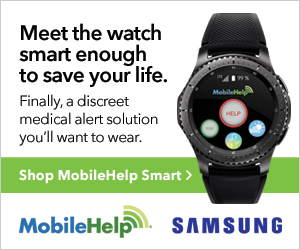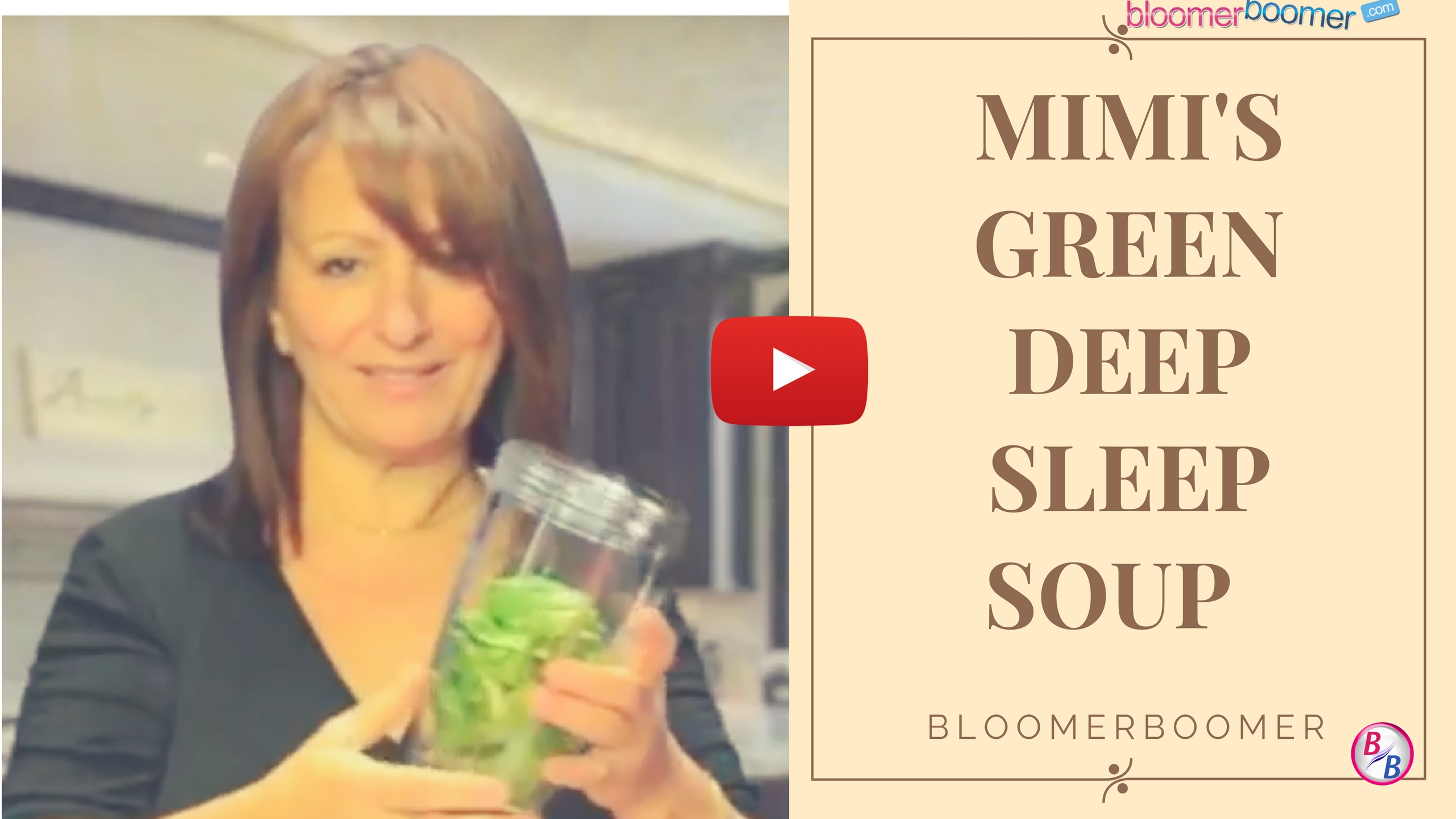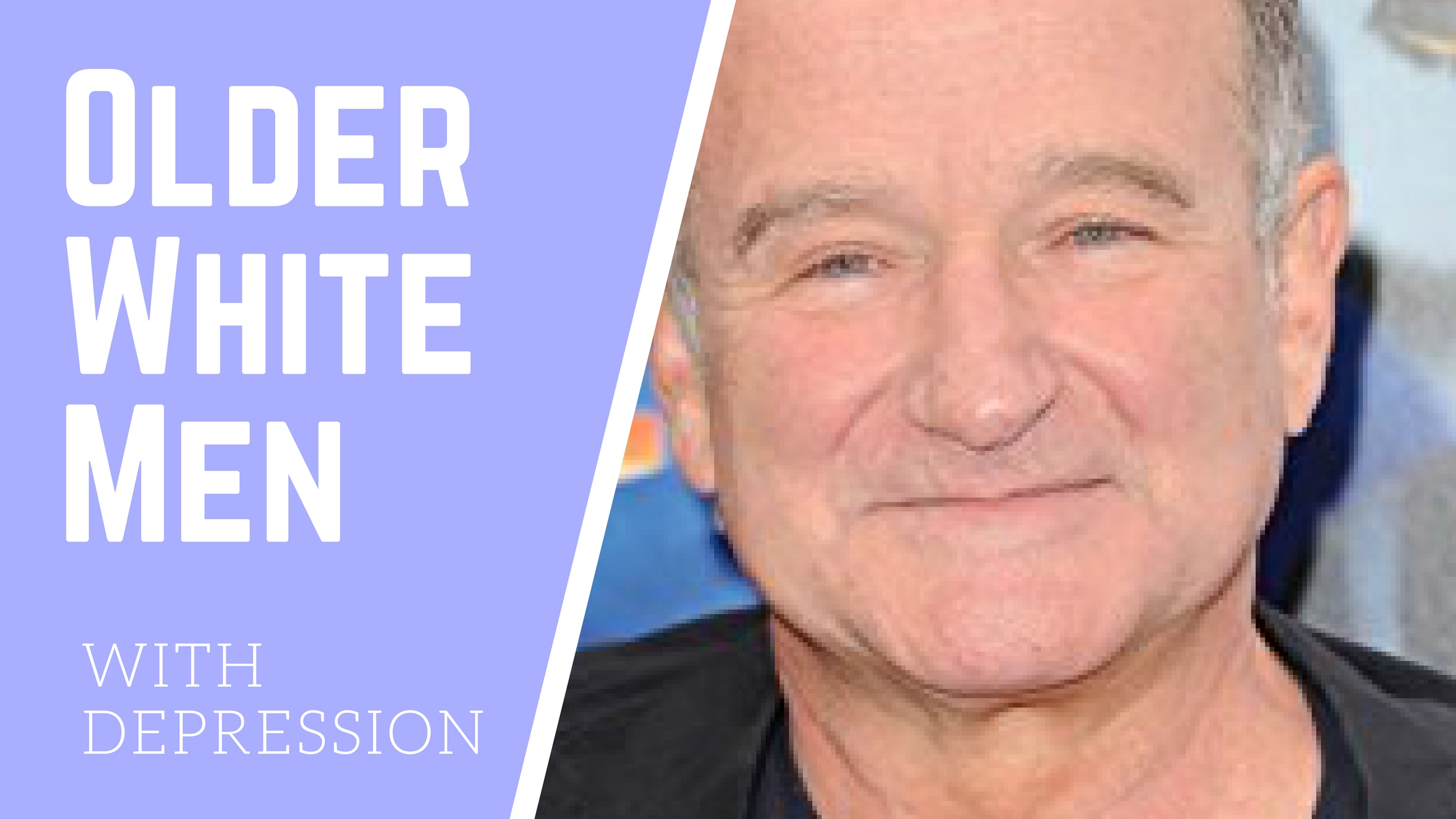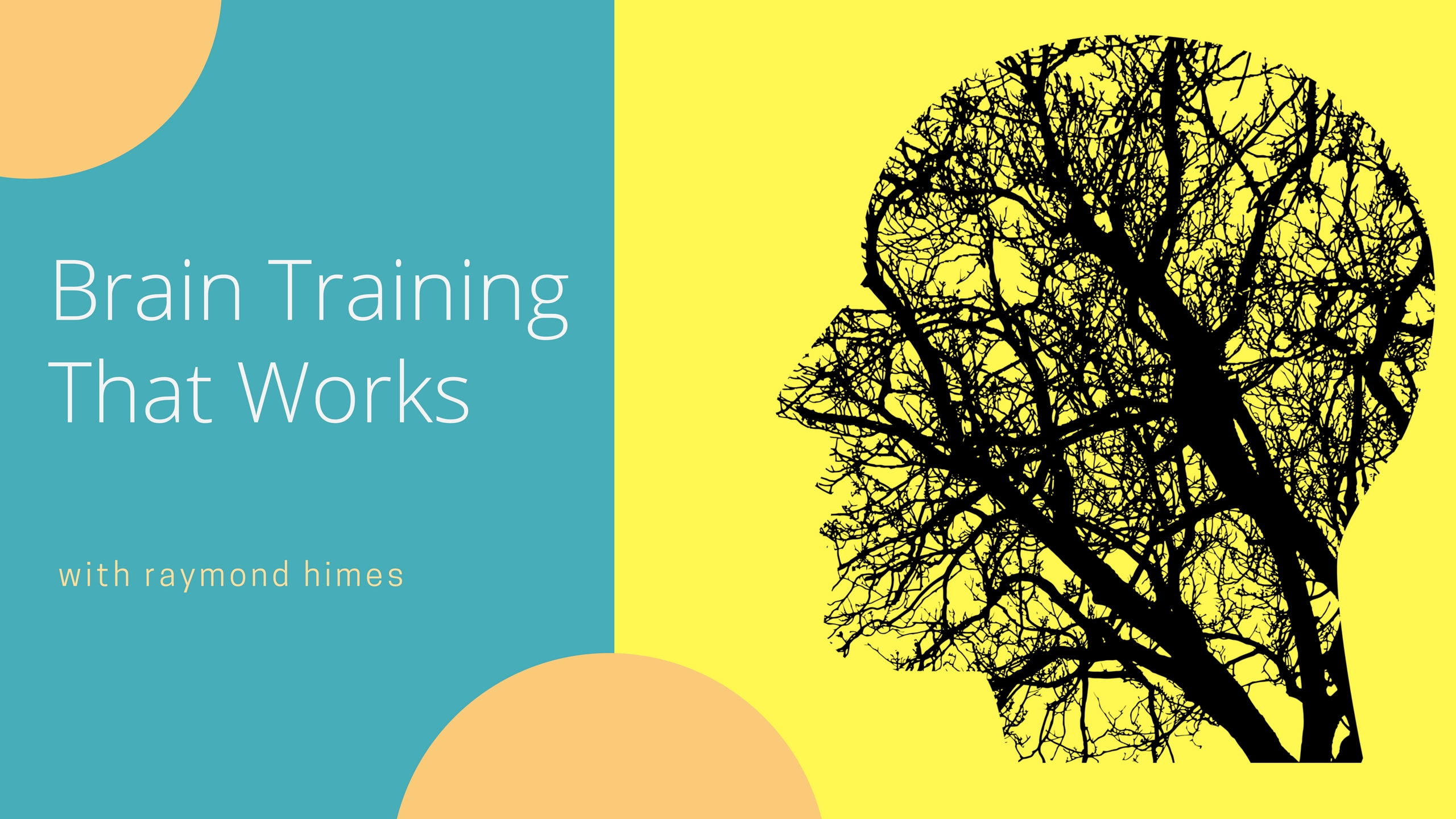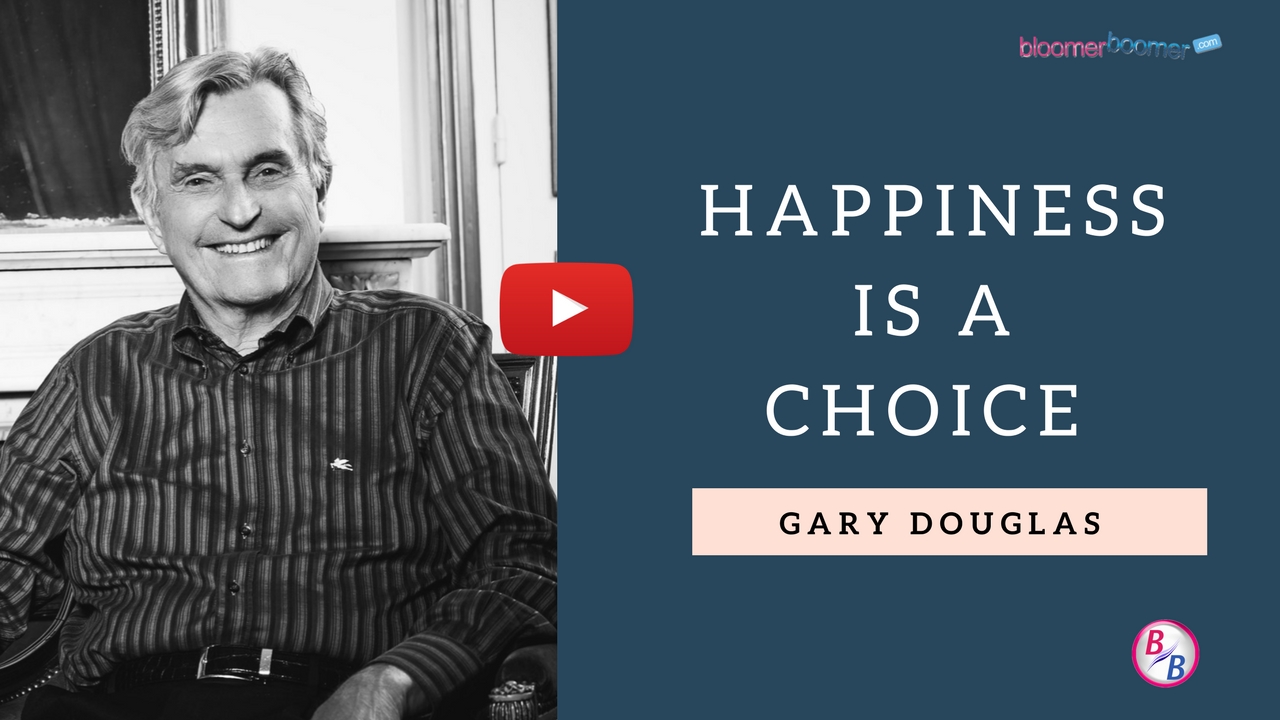Top Tips to Make the Most of Heart Health Month
 Top Tips to Make the Most of Heart Health Month
Top Tips to Make the Most of Heart Health Month
Heart Health Month welcomes the opportunity to share information and spread awareness on the global epidemic that is cardiovascular disease (CVD). According to the American Heart Association, 69% of men and 67% of women over the age of 60 have 1 or more types of cardiovascular disease (CVD), the leading cause of death for both men and women in the United States, and chances are that we all know someone who’s affected by heart disease and stroke.
I know it sounds scary. But luckily, heart disease is largely preventable, and we can help save lives by making healthier choices.
In honor of the awareness month, here are a few easy tips for staying heart healthy in February and beyond.
Reach for the Real Stuff
We live in an age where it’s easy to prioritize convenience and speed over nutritional value. Case in point: Wherever you are, there’s sure to be a fast food restaurant close by. Price also becomes a factor with junk food often costing less than a more nutrient dense snack, like a pack of nuts for example. The choices made in our diets can have long lasting consequences on the body. Much of the foods we consume on a regular basis wreak havoc on the heart, most notably the arterial walls. The stiffer your arterial walls are, the higher your Pulse Wave Velocity (PWV) becomes, meaning blood is flowing through your vessels at a faster rate, causing stress on your heart and effectively raising blood pressure.
So what can we do? Next time you go to the grocery store, avoid the aisles and try to stick to the perimeter where the freshest foods are located!
Don’t Sweat the Small Stuff
Stress has been linked to high blood pressure and heart disease for some time now. In this fast paced world we live in it’s easy to get swept away in waves of tight deadlines, relationships, and life as a whole.
Meditation is a great way to take some time to slow down. Other relaxing activities might be reading a book or even going to bed at a reasonable time. Whichever method is chosen, just make sure it places you at ease.
Education is Key
It may seem like random words on packaging, but nutritional facts help you understand what you’re placing in your body and most importantly, what you’re putting your body at risk of. Important information such as the amount of sodium, sugar, and cholesterol in the contents of the food are listed. If you need help understanding nutritional labels, speak with your doctor or check the CDC for free informational tools on excellent diet choices. For a list of heart healthy recipes ideas, please go here.
Sometimes You Have to Move
Exercise is the tool that usually follows diet and is also the second thing people are reluctant to do. The truth of the matter is exercise dramatically reduces blood sugar and blood pressure while boosting good cholesterol. Just 30-60 minutes of activity a day lowers the risk of health issues associated to heart disease. Here are some easy ways to sneak in a little exercise in your day.
- Wake up 5-10 minutes earlier (I know it’s tough!) and sneak in a few minutes of jumping jacks to improve blood flow and circulation.
- Take the stairs instead of the elevator.
- Set a timer for every hour or every other hour to take a walking break.
At Home Monitoring
It’s a great idea to have tools that help you stay proactive on your heart health as well as monitor any existing conditions you might have. Devices like MOCACARE’s MOCAheart and MOCACuff could be ideal for giving you a snapshot of heart health.
February is only 28 days, so why not form a habit that improves your lifestyle, your wellbeing, and your emotional health? There’s no better time to get started than now.
Daniel Wei-Chen Hong, MD, Neurosurgeon – CEO, MOCACARE
Daniel completed his neurosurgery and biomedical engineering training in NTU, National Taiwan University, in 2006, and has applied the endoscopic surgery in hemorrhagic stroke, and brain tumor.
From 2010-2012 he served as a visiting assistant professor of neurosurgery at Stanford University, where he has applied the principles of design thinking in several interdisciplinary projects, such as Biodesign, Robotic Brain Keyhole Surgery, and the cyber knife. During his time at Stanford he wrote a chapter at Stanford’s Cyber Knife book and co-authored a study that was the first to directly implicate the cerebellum in the creative process.
 Daniel is the Chief Medical Officer at CompactCath and CEO at MOCACARE.
Daniel is the Chief Medical Officer at CompactCath and CEO at MOCACARE.
Category: Articles, Blog, Fitness, Senior Health














